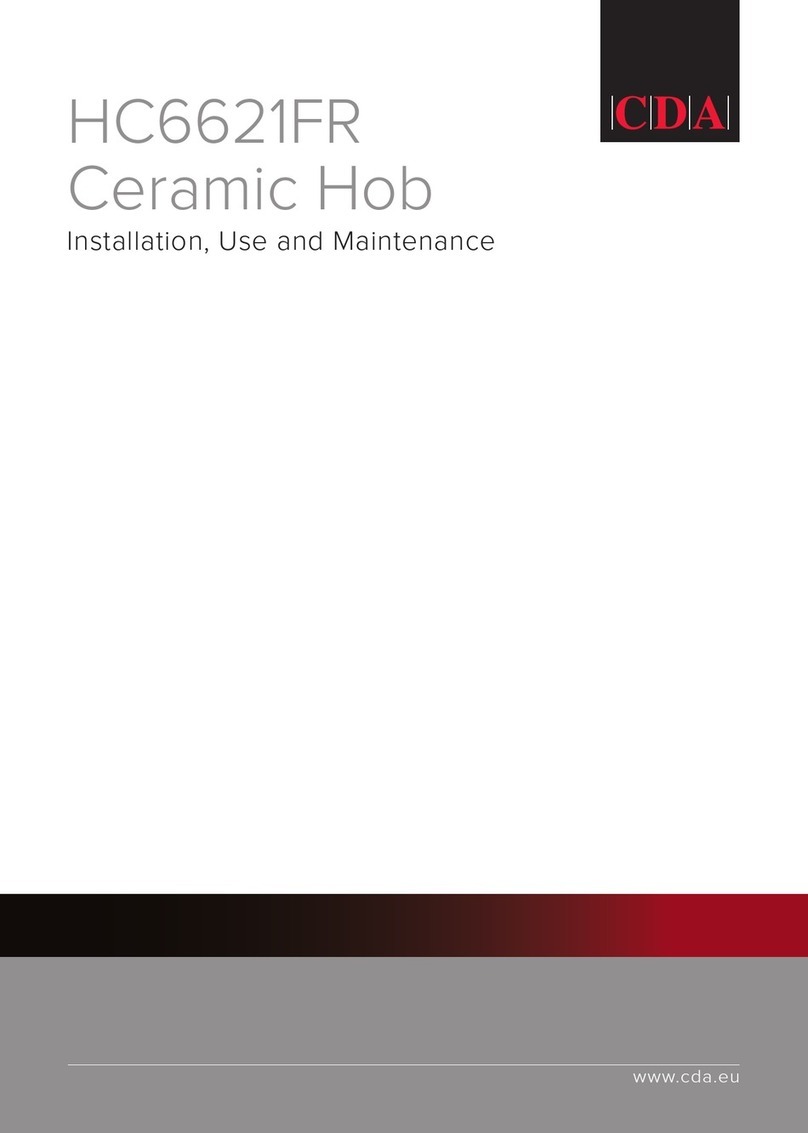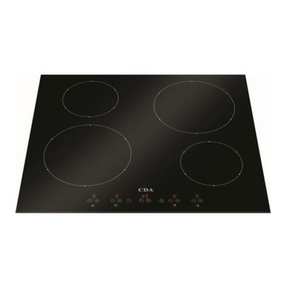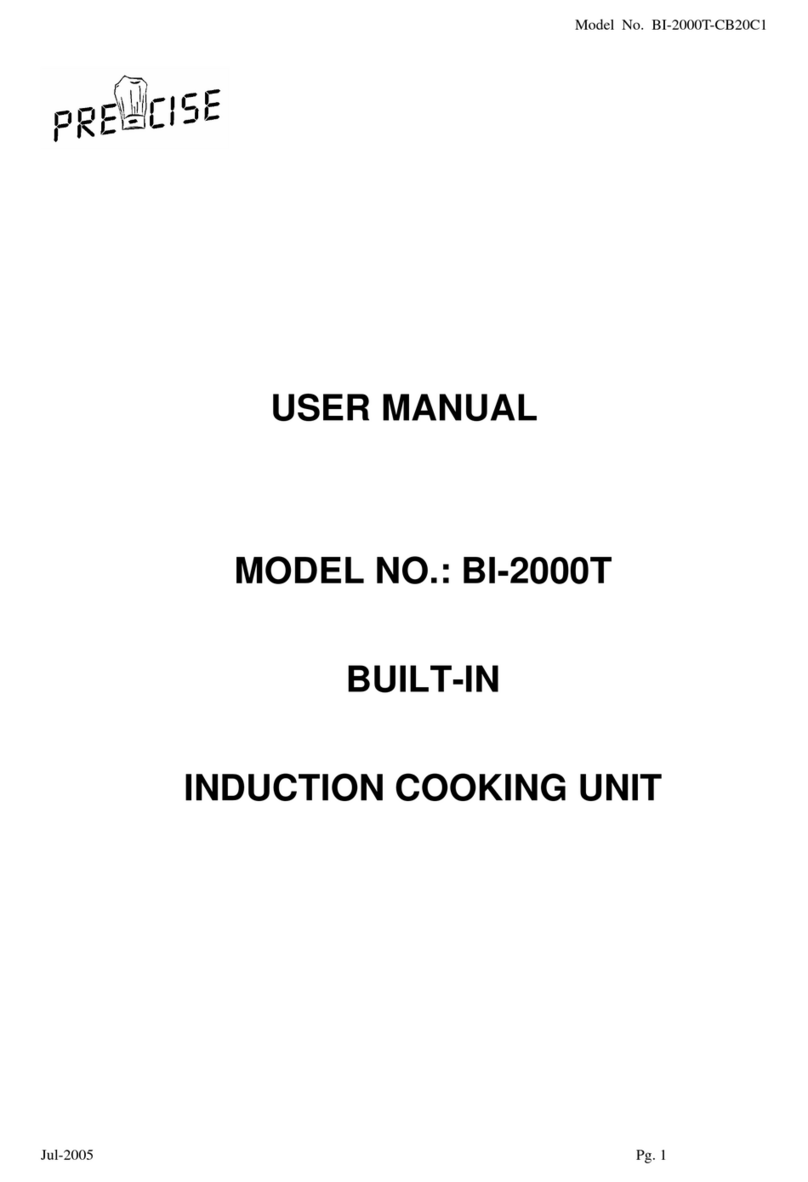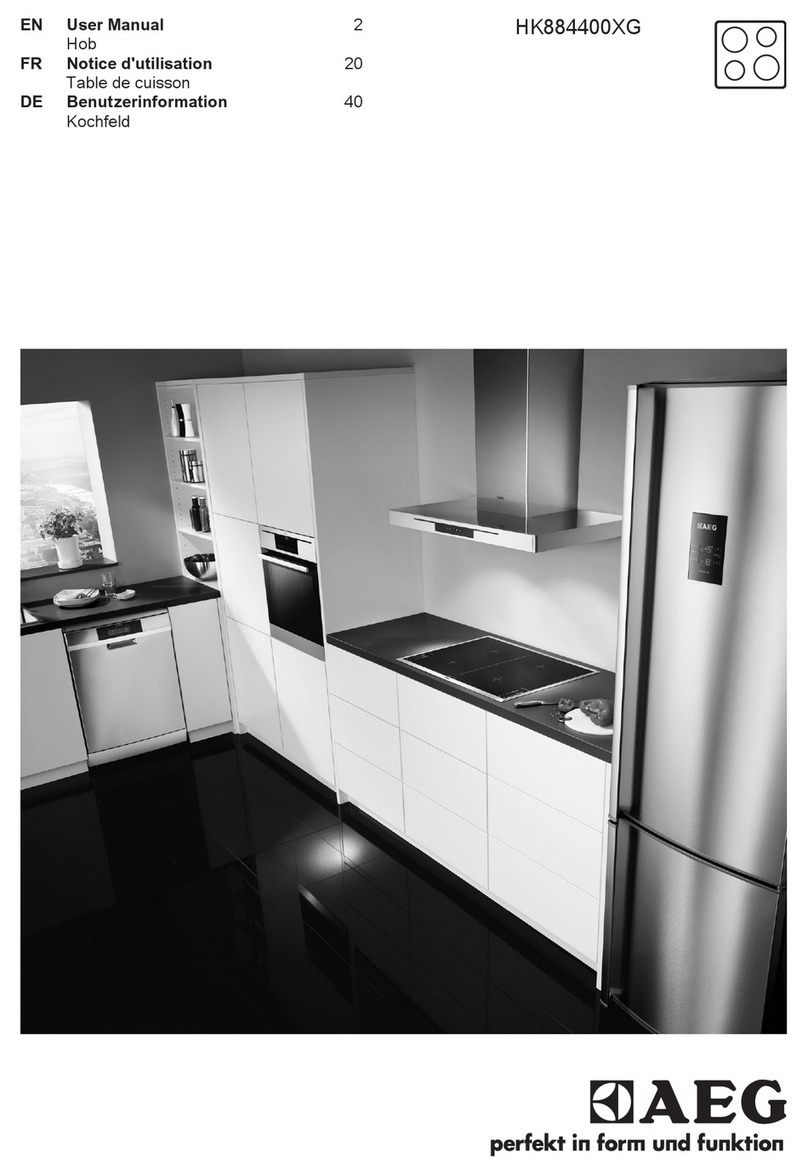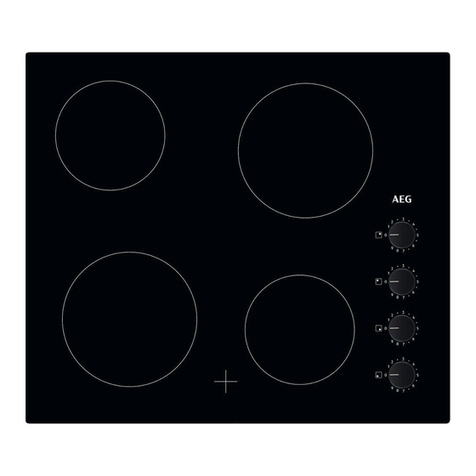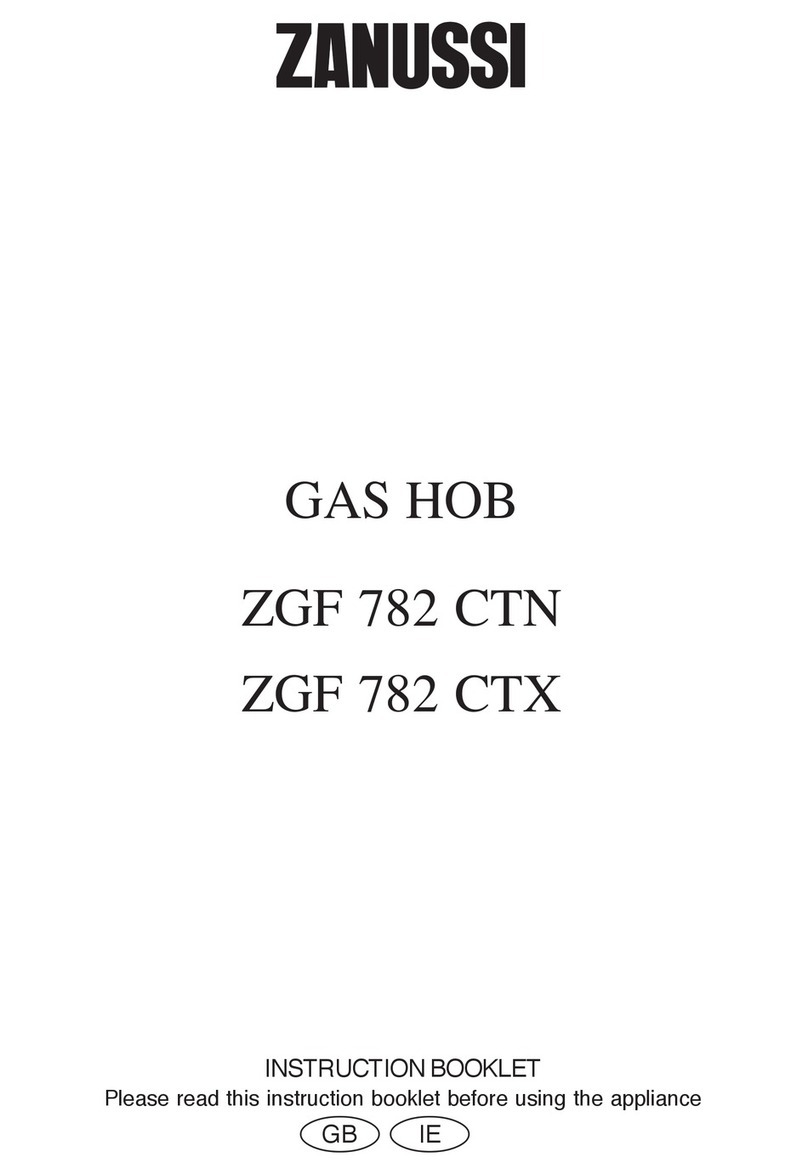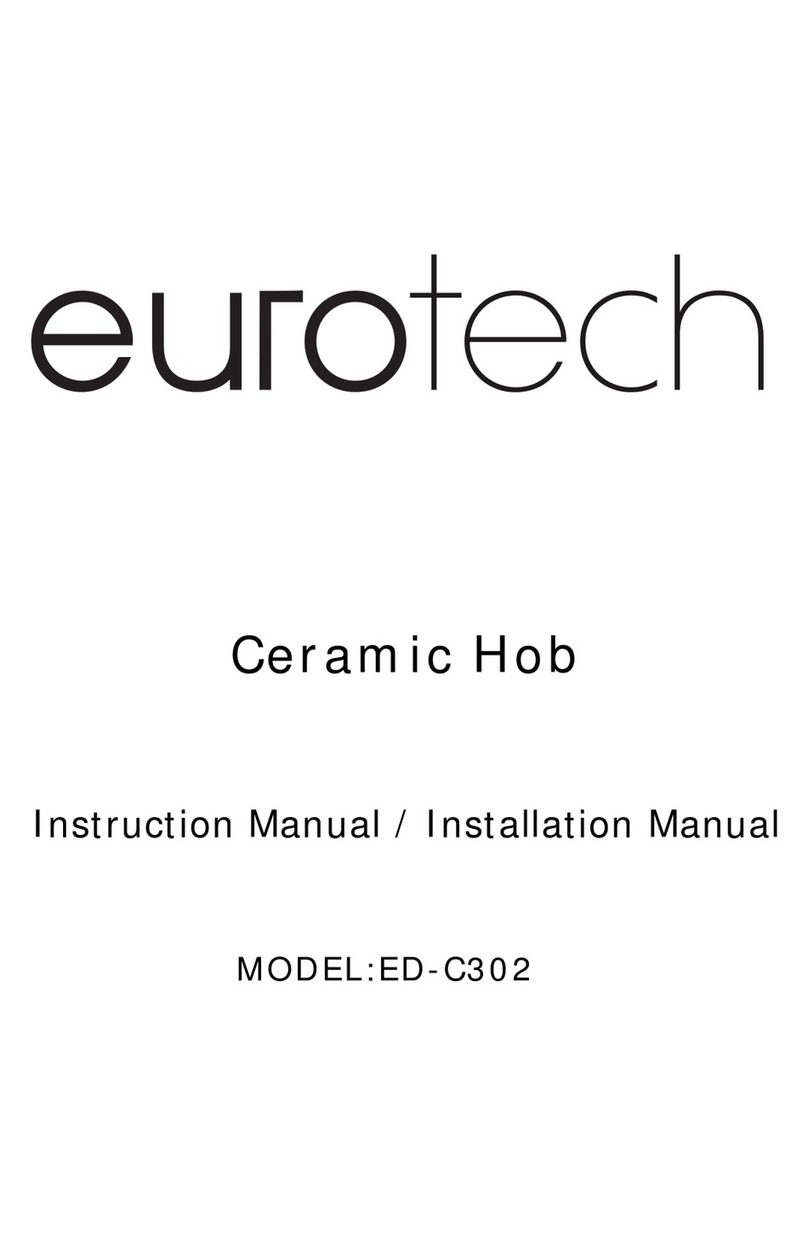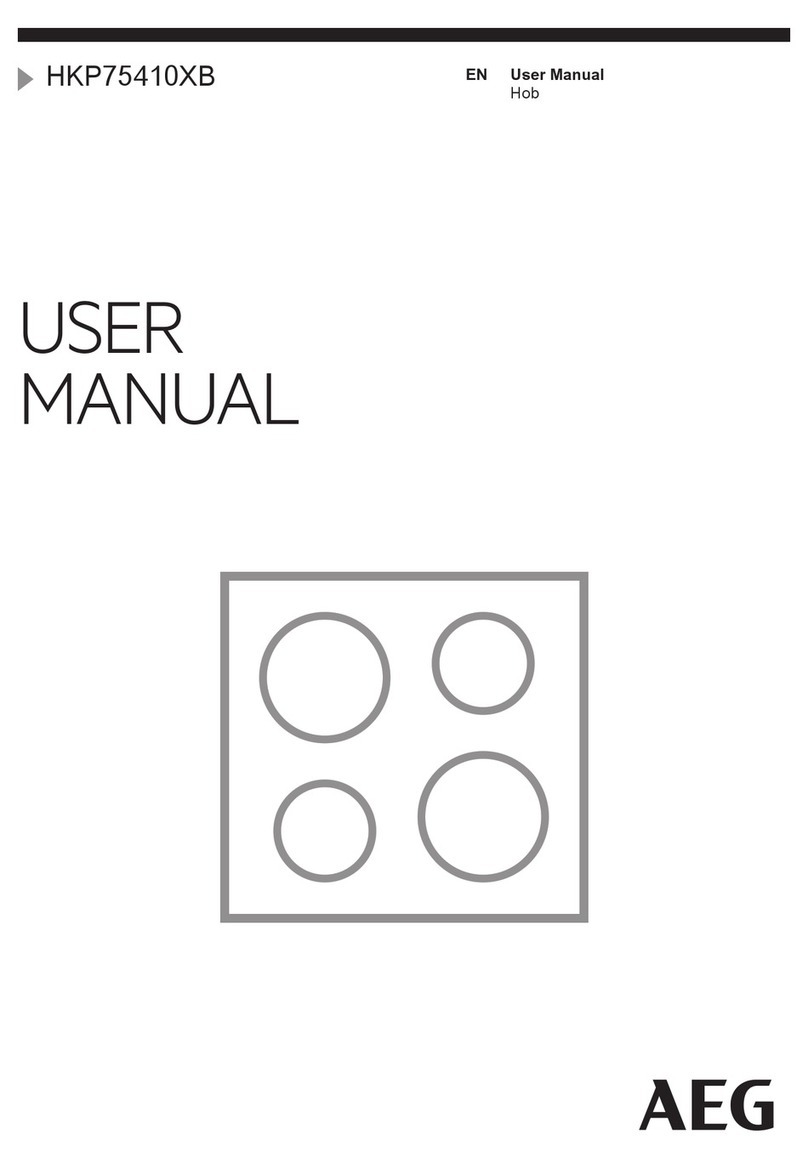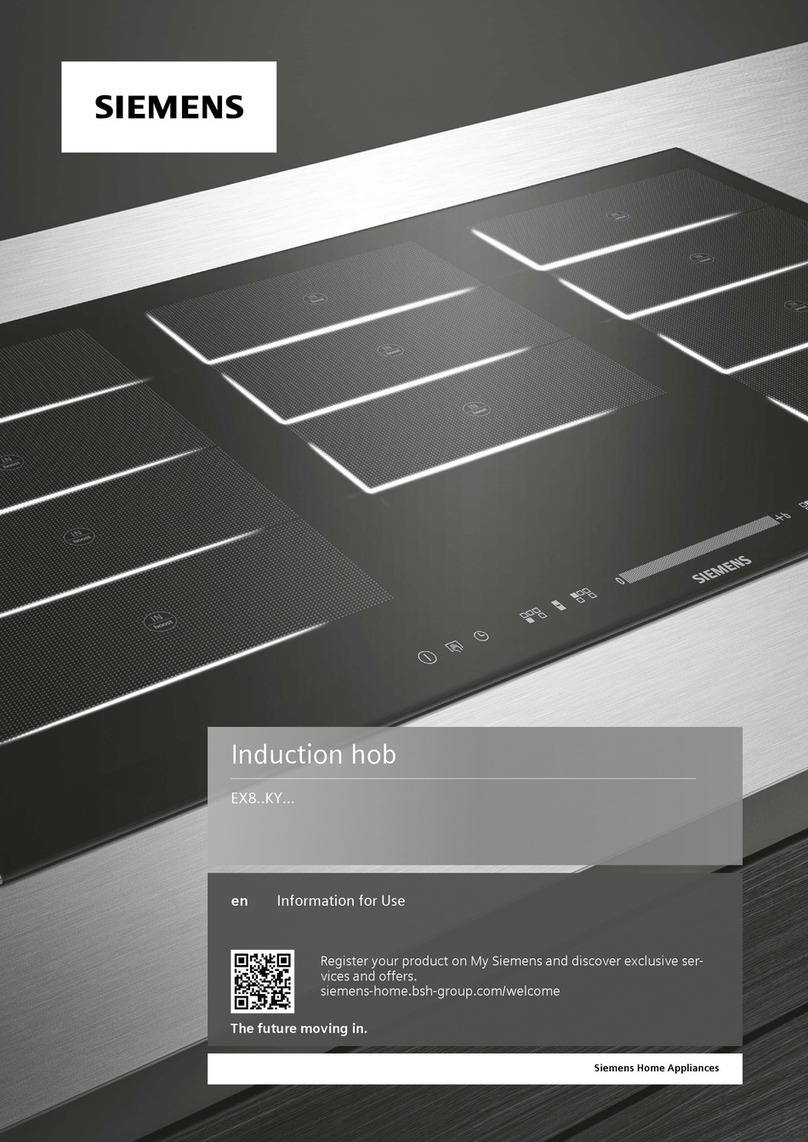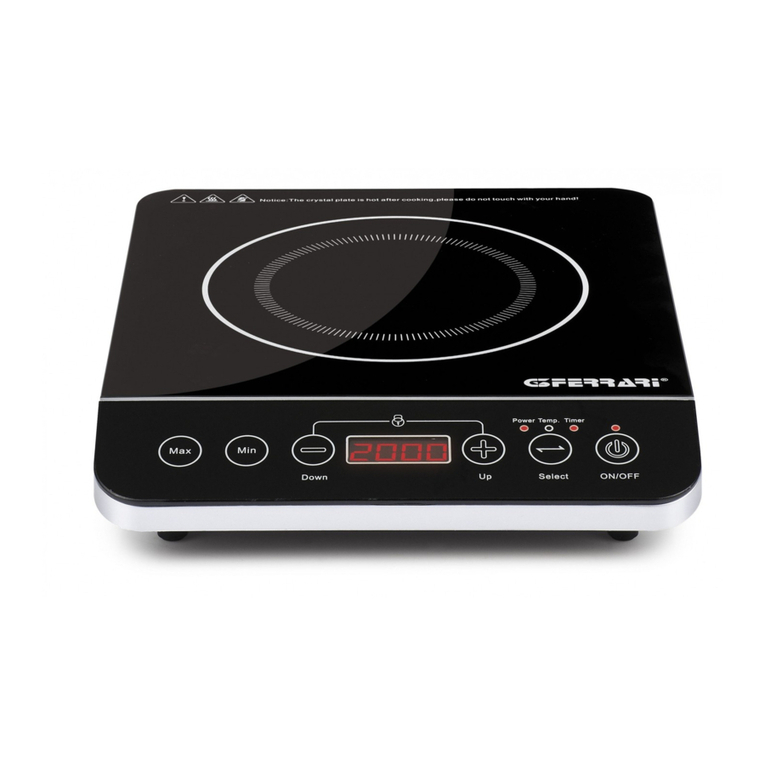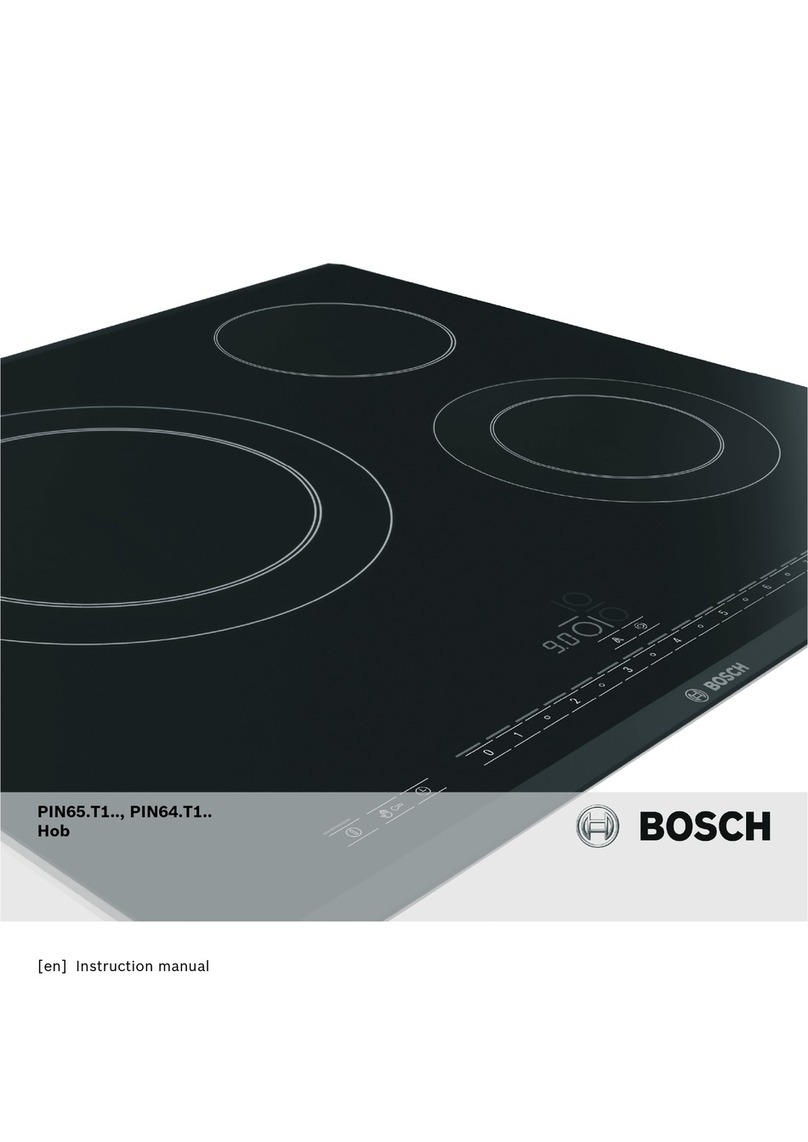CDA HVG980 Quick start guide
Other CDA Hob manuals
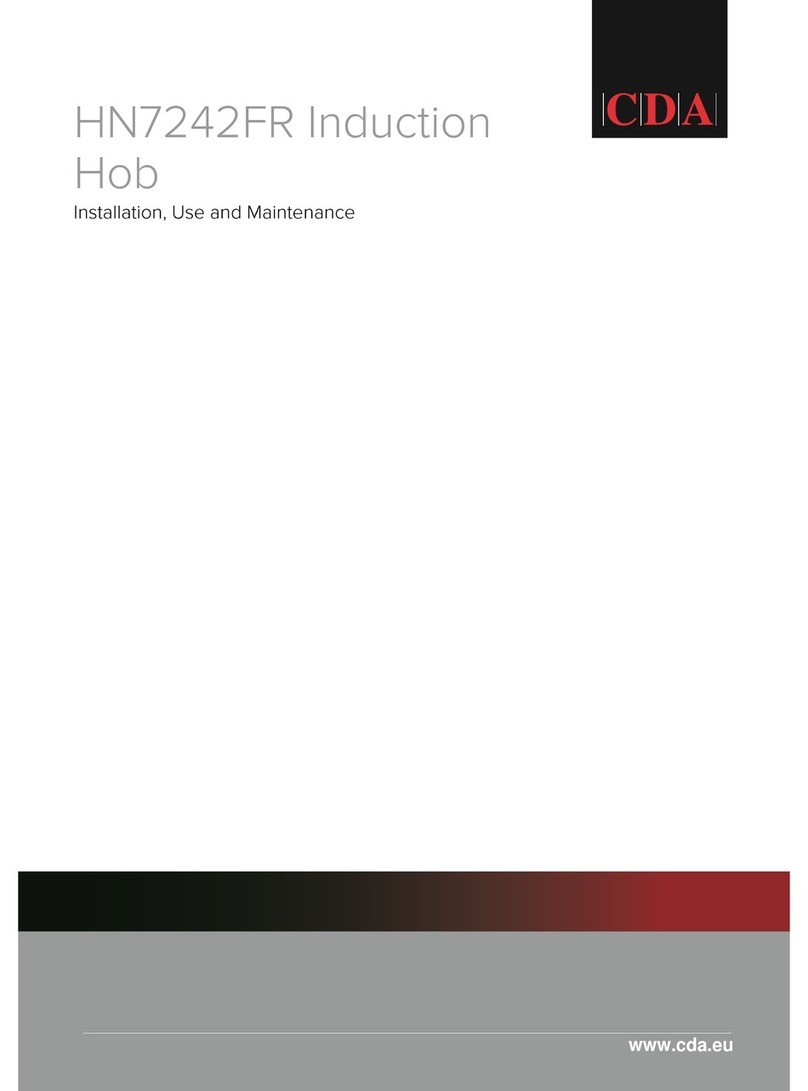
CDA
CDA HN7242FR User manual
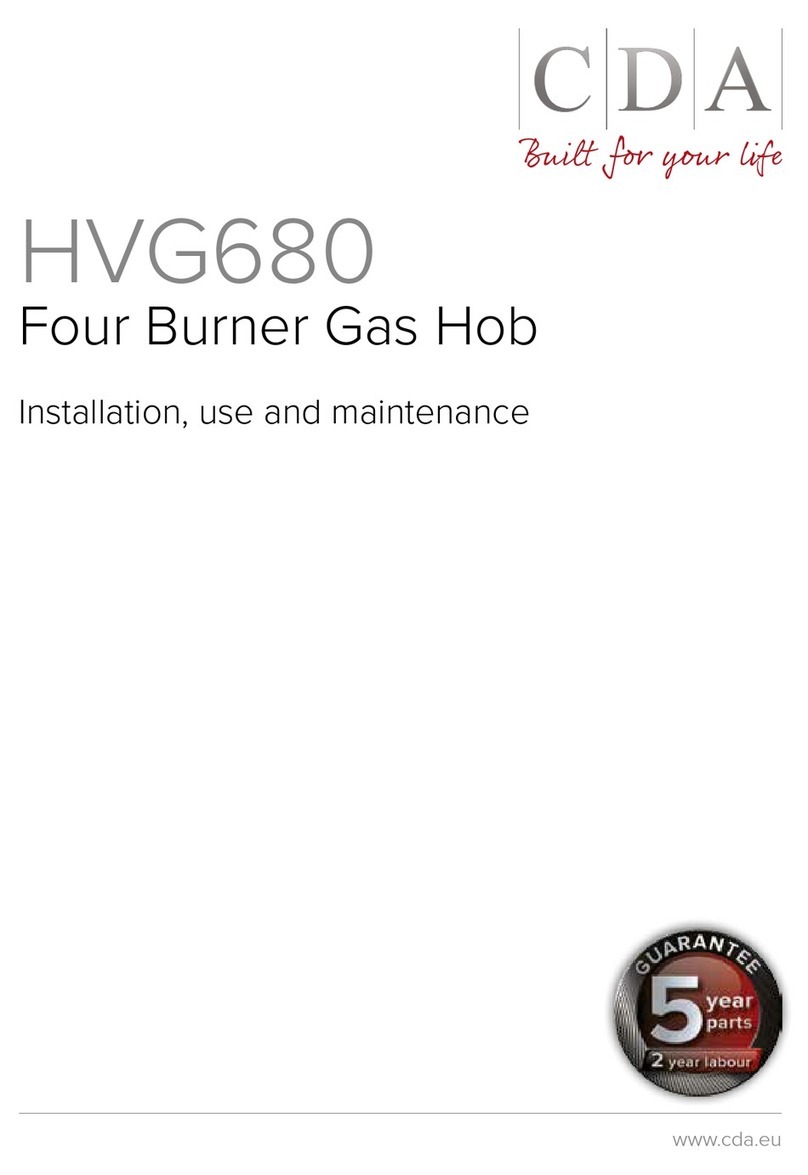
CDA
CDA HVG680 Installation and operating instructions
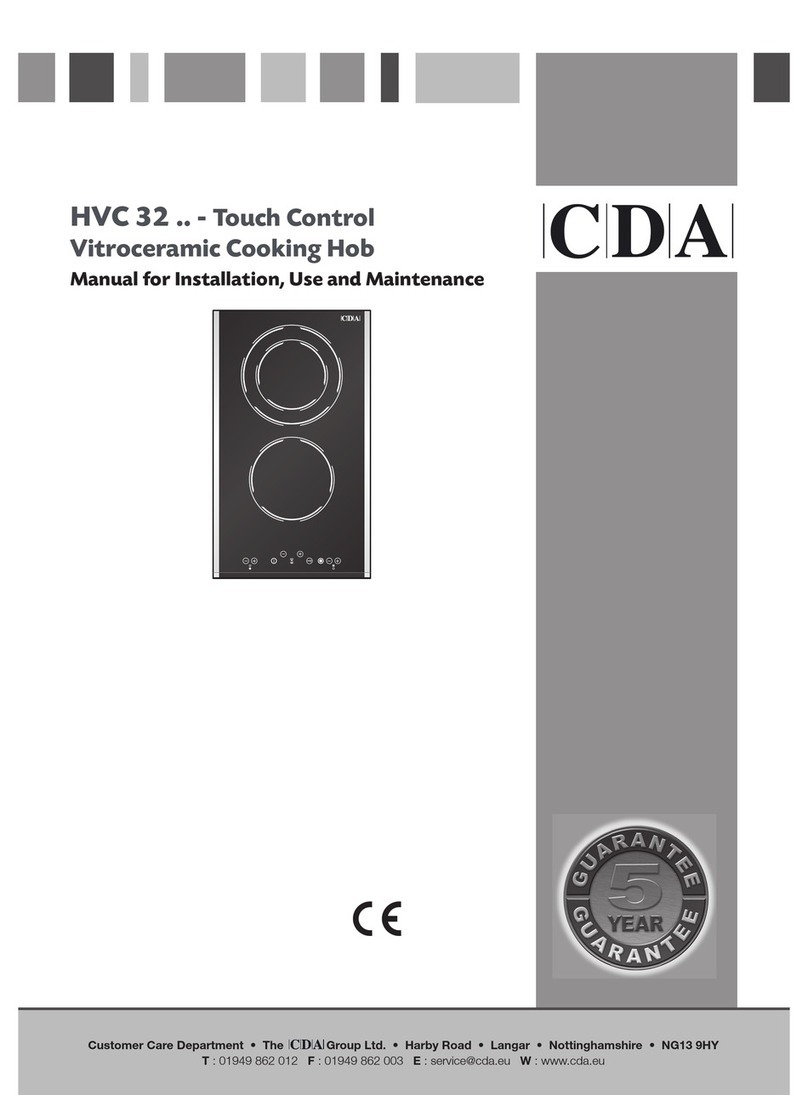
CDA
CDA HVC 32 for Reference manual

CDA
CDA HC7600 Specification sheet

CDA
CDA HN6411 Quick start guide
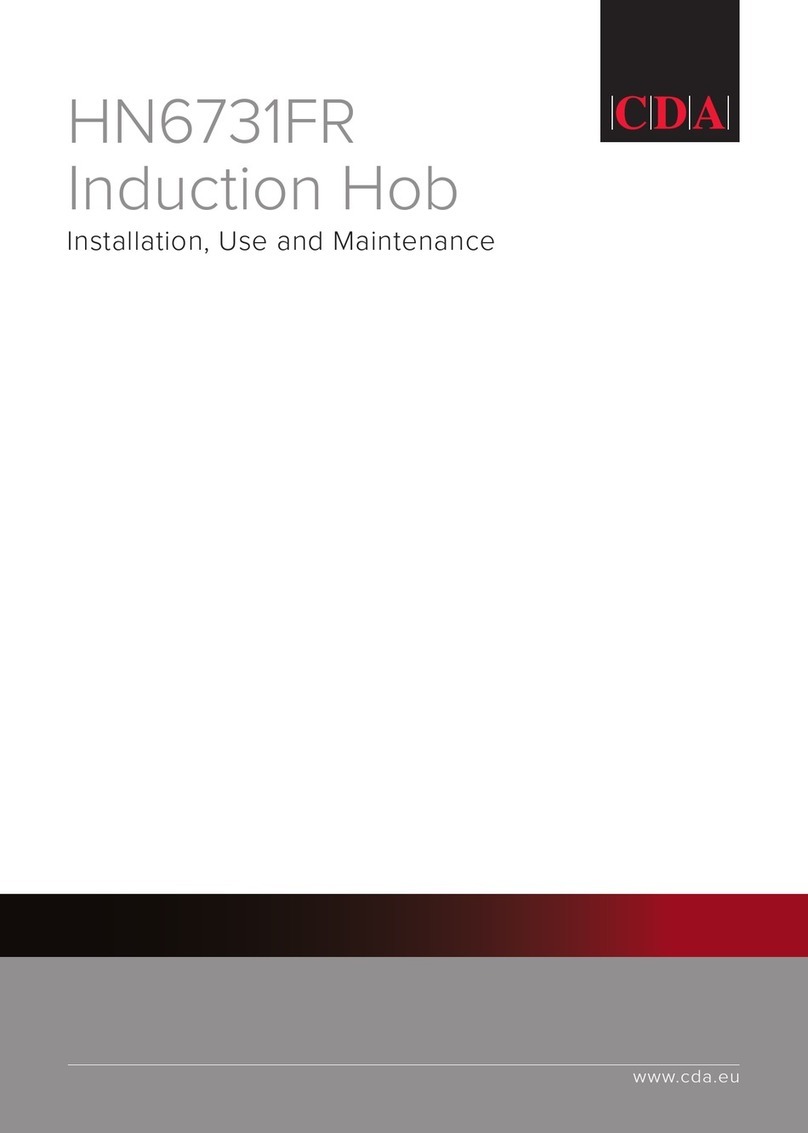
CDA
CDA HN6731FR Installation and operating instructions
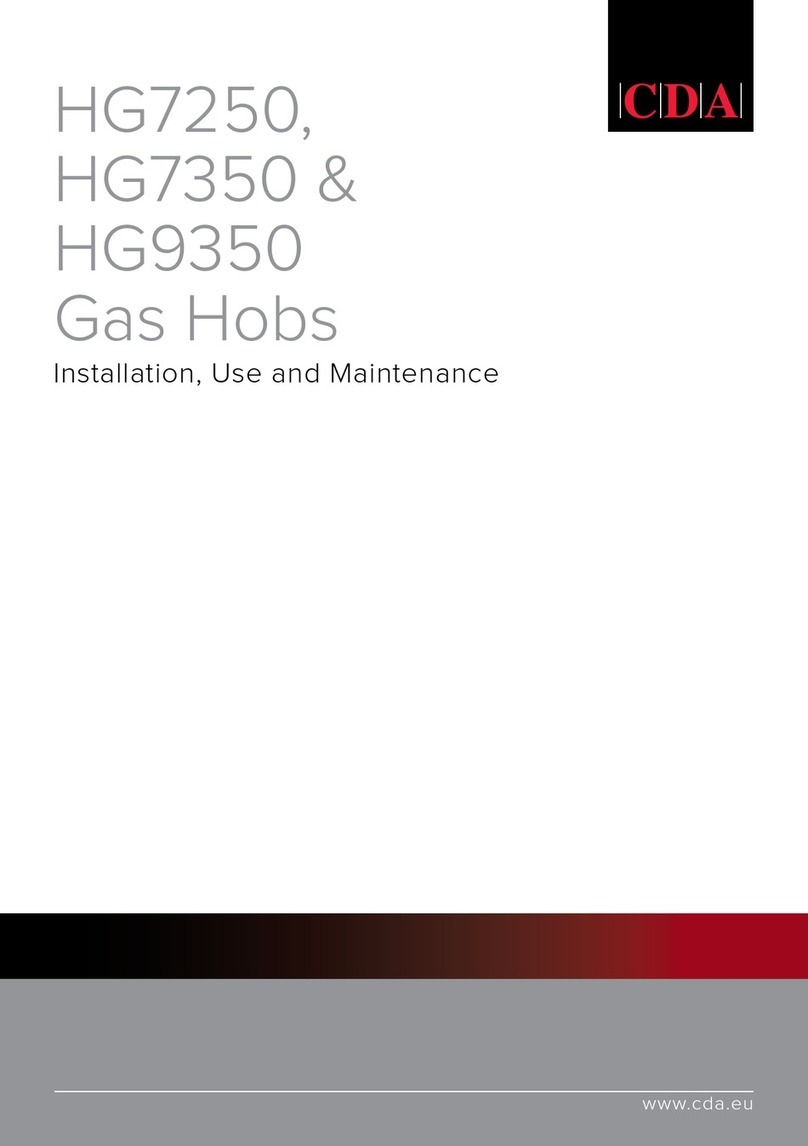
CDA
CDA HG7250 Quick start guide
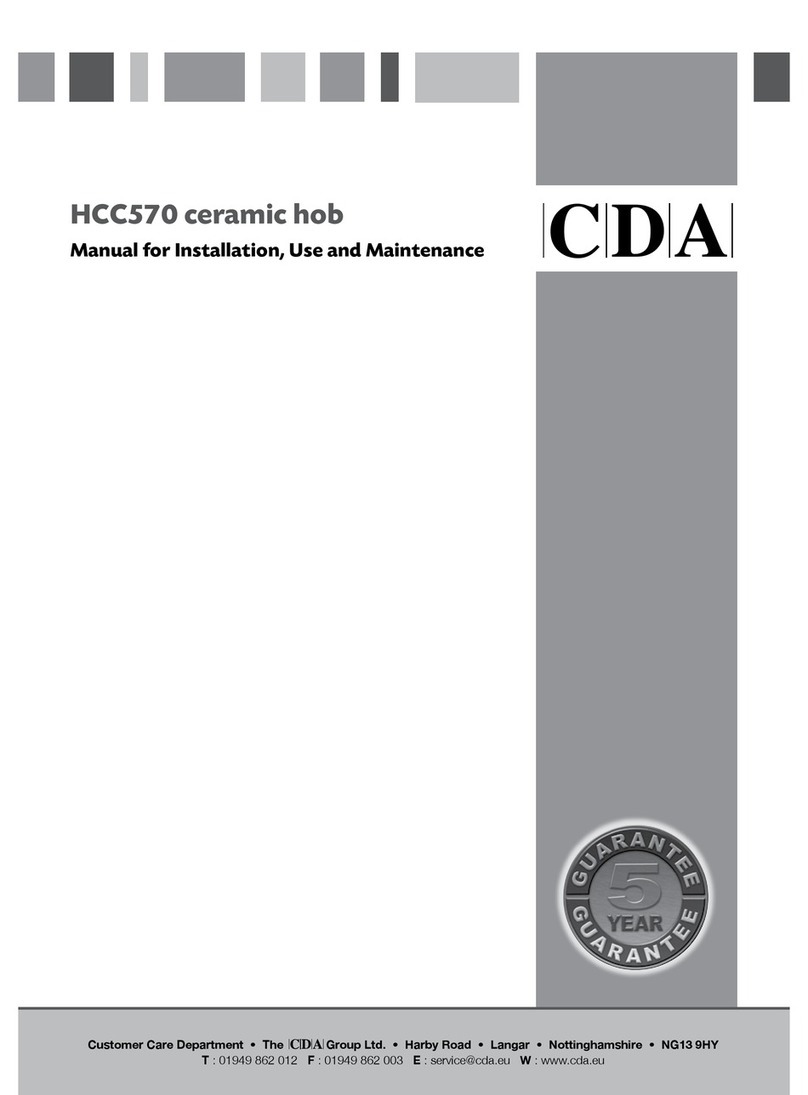
CDA
CDA HCC570 for Reference manual
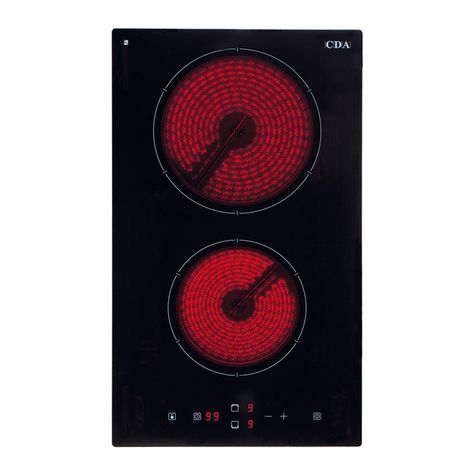
CDA
CDA hc3620 Reference manual
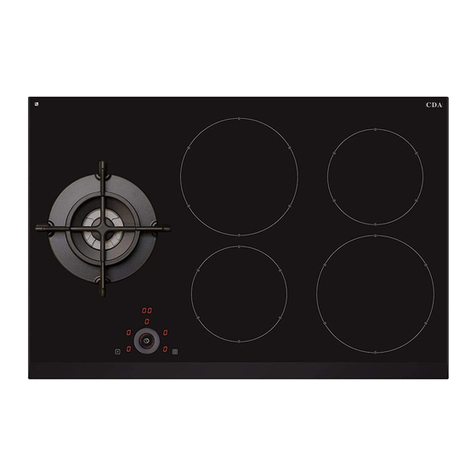
CDA
CDA HNG7410FR Quick start guide

CDA
CDA hc7620 Reference manual

CDA
CDA HN6860FR Specification sheet
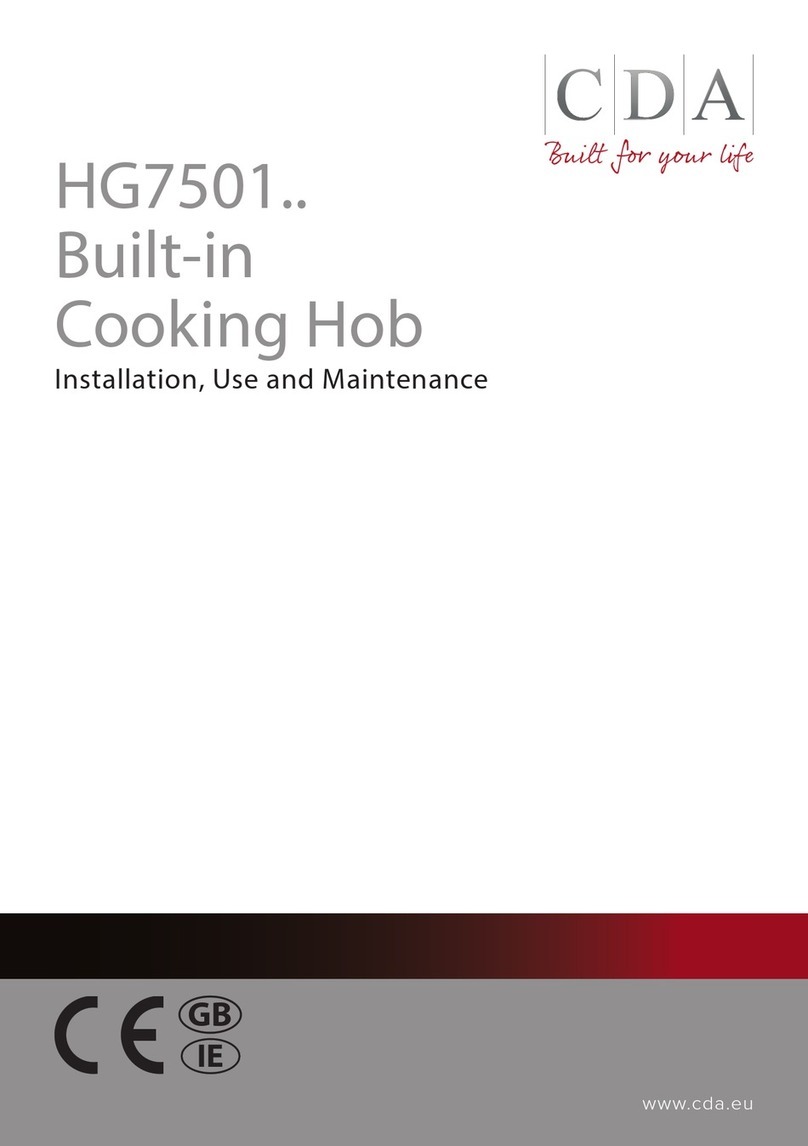
CDA
CDA HG7501 Series Service manual

CDA
CDA hn3620 Reference manual
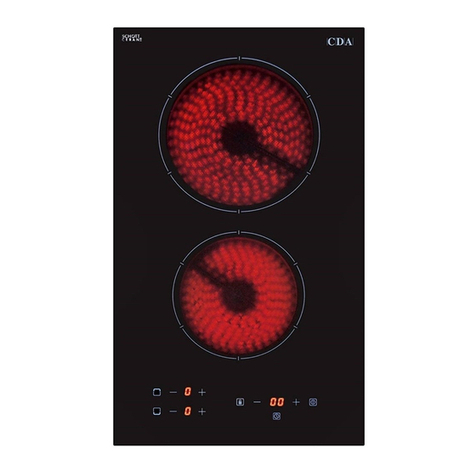
CDA
CDA HC3616FR Quick start guide
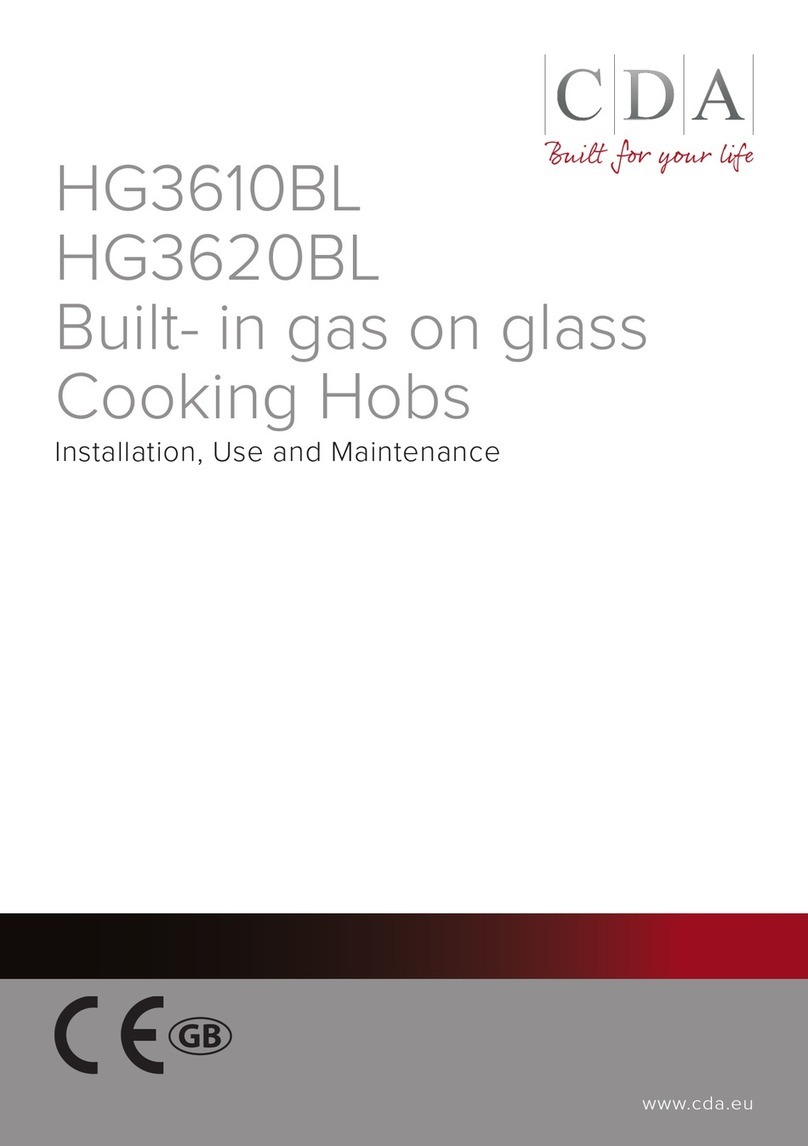
CDA
CDA HG3610BL Service manual
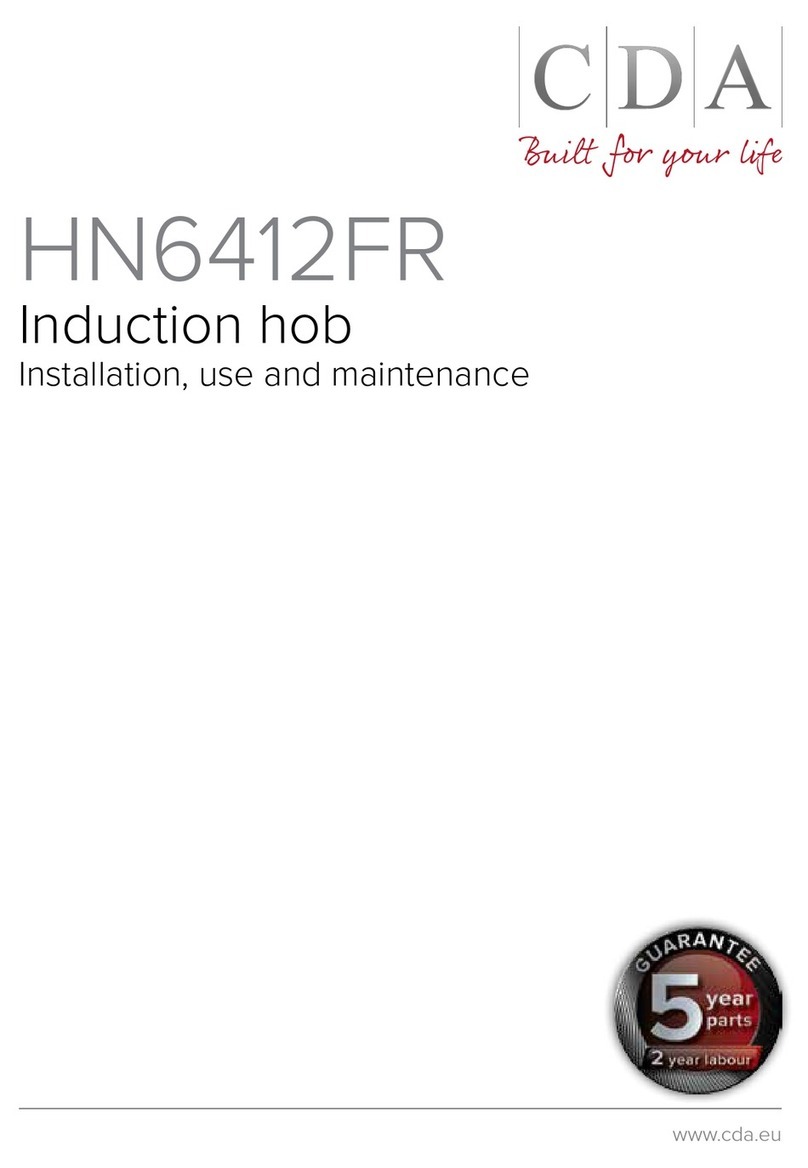
CDA
CDA HN6412FR Quick start guide

CDA
CDA HN9611FR Quick start guide
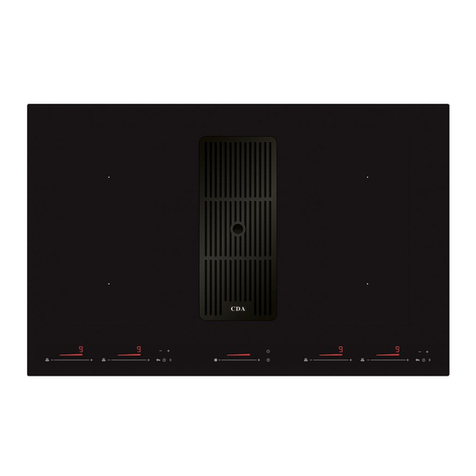
CDA
CDA HNE8FR Installation and operating instructions
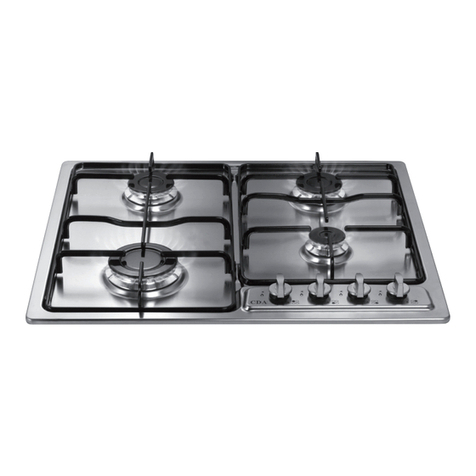
CDA
CDA HCG602 Reference manual

